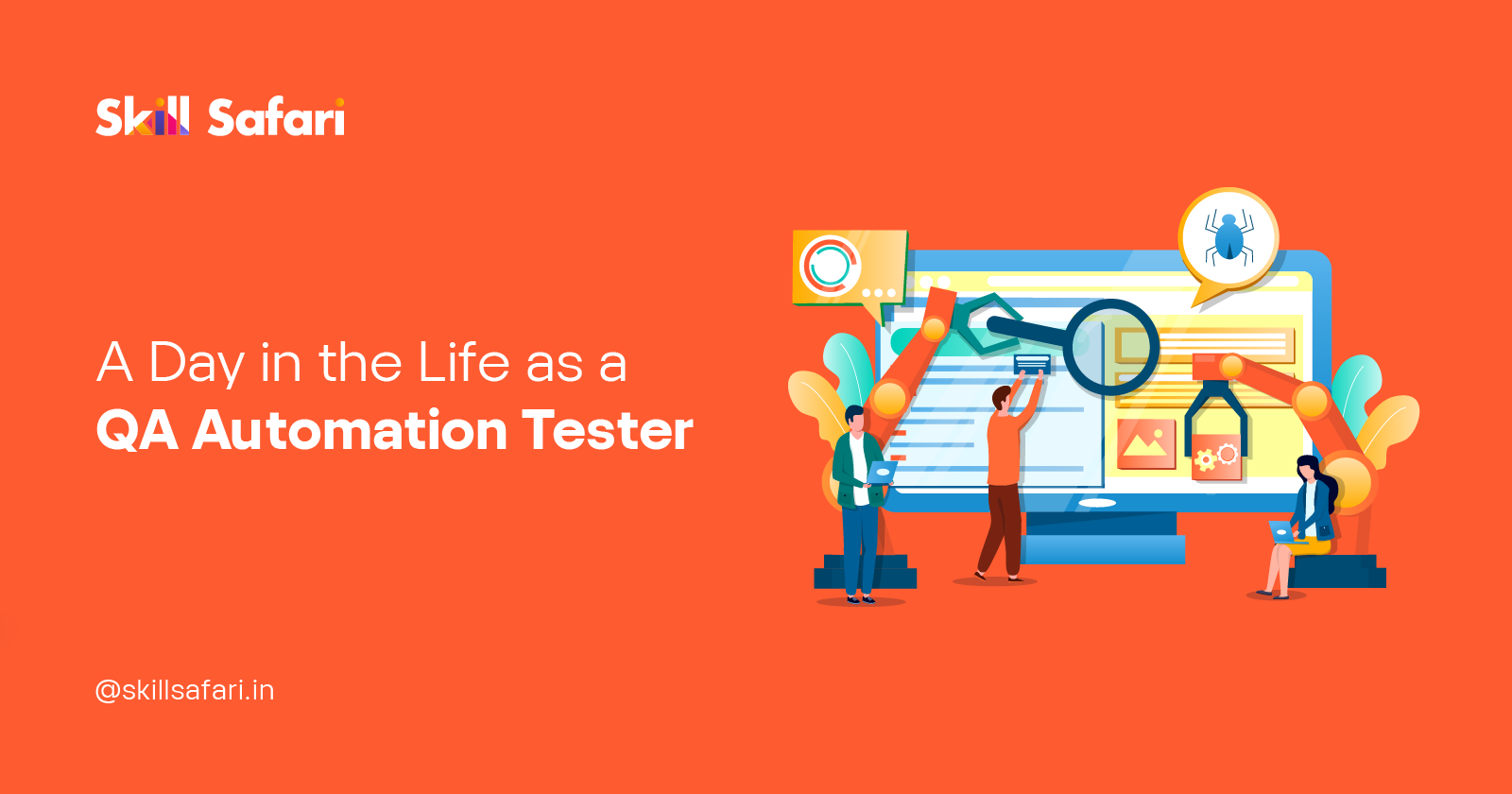A Day in the Life as a QA Automation Tester
 Dheepashri Rajavel
Dheepashri Rajavel
In the fast-paced world of software development, Quality Assurance (QA) Automation Testers play a critical role in ensuring the reliability and performance of digital products. But what does a typical day look like for a QA Automation Tester? I will take you on a journey through the day-to-day activities of a QA Automation Tester, exploring their responsibilities, tasks, and the skills required to excel in this dynamic and vital field. So, let's dive into the world of QA Automation Testing and discover what it takes to be a quality gatekeeper in the digital realm.
Reviewing Test Plans and Preparing Test Cases:
A QA Automation Tester's day often begins with reviewing test plans and preparing test cases. They collaborate with QA leads and development teams to understand project requirements and identify the areas that need testing. QA Automation Testers create detailed test cases, outlining the expected outcomes and criteria for passing each test.
Automating Test Scripts:
The heart of a QA Automation Tester's role lies in automating test scripts. Using tools like Selenium, Cypress, or Appium, they write scripts to simulate user interactions and perform tests across different devices and platforms. Automation allows for the repetition of tests, which not only saves time but also ensures consistent and accurate results.
Running Test Suites and Analyzing Results:
QA Automation Testers execute test suites, running automated tests across various environments and configurations. They meticulously analyze the test results, identifying defects and inconsistencies in the software. This step involves detailed investigation and reporting of any issues, providing valuable feedback to the development team for necessary improvements.
Regression Testing:
As software applications evolve with each update, it becomes essential to conduct regression testing to ensure that new features or changes do not adversely affect existing functionality. QA Automation Testers perform regression tests to validate that previously resolved issues remain fixed and that the software remains stable.
Continuous Integration and Delivery (CI/CD):
QA Automation Testers often work in DevOps environments, where continuous integration and delivery are fundamental. They collaborate with development and operations teams to integrate automated tests into the CI/CD pipelines. This practice ensures that tests are run automatically on each code change, enabling faster feedback and more reliable releases.
Script Maintenance and Enhancements:
To keep automation running smoothly, QA Automation Testers devote time to script maintenance and enhancements. They update test cases to reflect changes in the application's functionality, enhance test coverage, and optimize test scripts for better performance. Proactive maintenance ensures that automated tests remain relevant as the application evolves.
Conclusion:
Being a QA Automation Tester is a dynamic and challenging journey, where meticulous attention to detail and a passion for quality are paramount. From reviewing test plans and preparing test cases to automating test scripts, running test suites, and collaborating in DevOps environments, QA Automation Testers ensure that digital products meet the highest standards of quality and user experience. As the demand for faster software delivery grows, the role of QA Automation Testers becomes increasingly crucial in safeguarding the reputation and success of digital products. So, if you aspire to become a QA Automation Tester, hone your automation skills, stay updated with testing frameworks and methodologies, and embark on a rewarding career of ensuring quality in the ever-evolving digital realm.
Subscribe to my newsletter
Read articles from Dheepashri Rajavel directly inside your inbox. Subscribe to the newsletter, and don't miss out.
Written by
